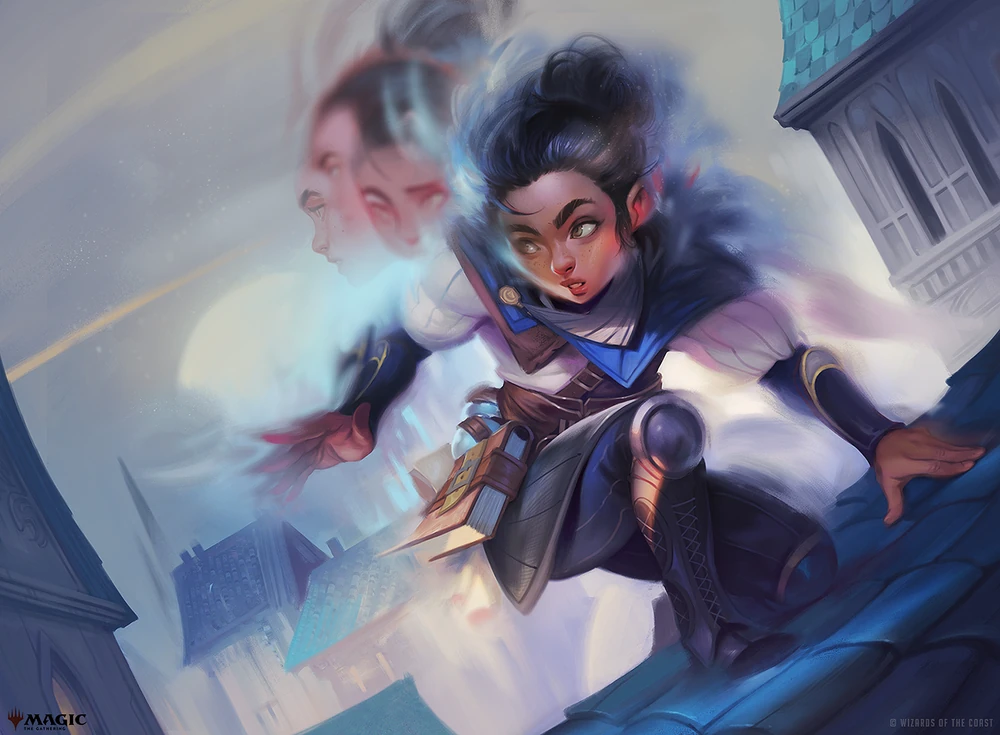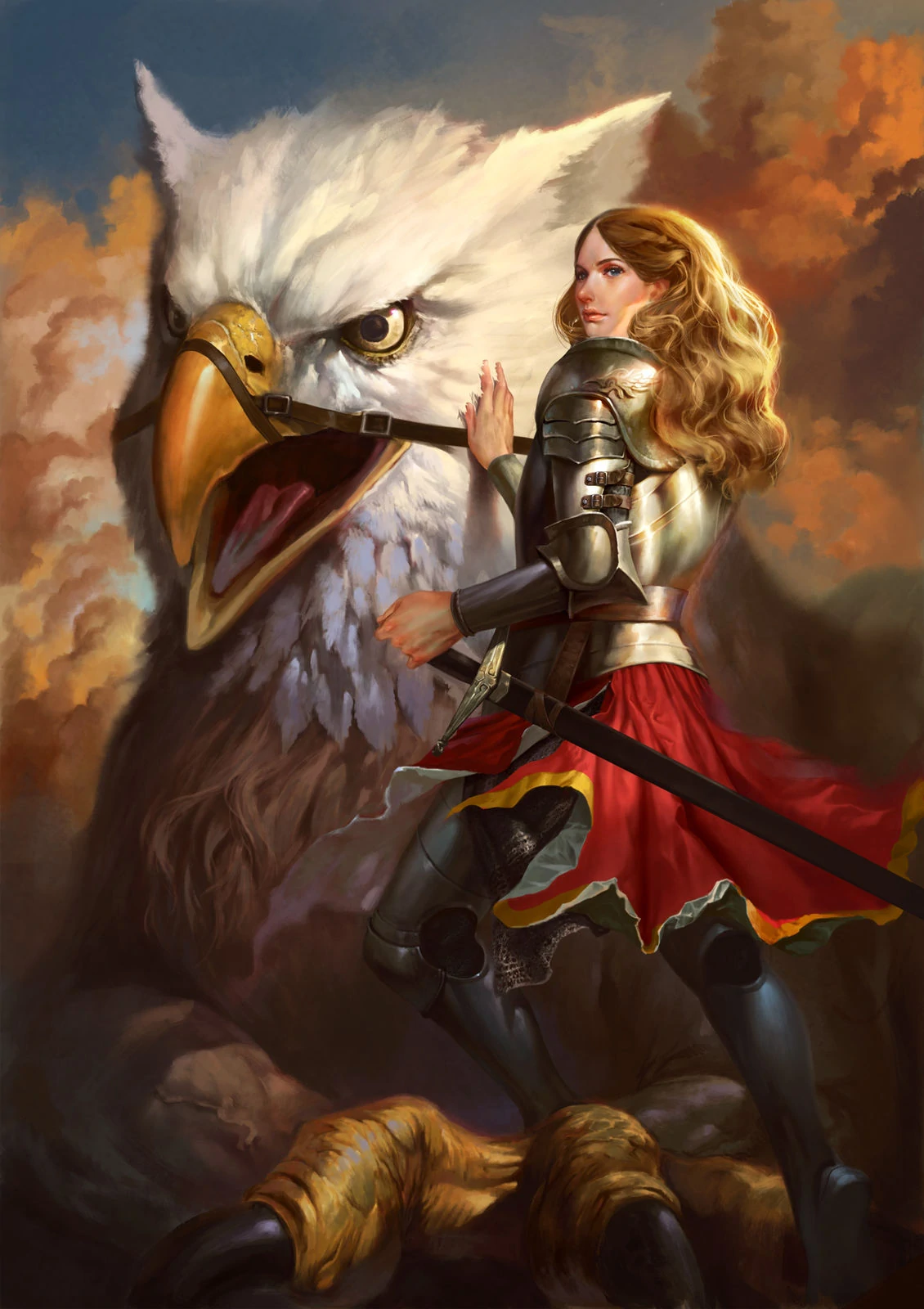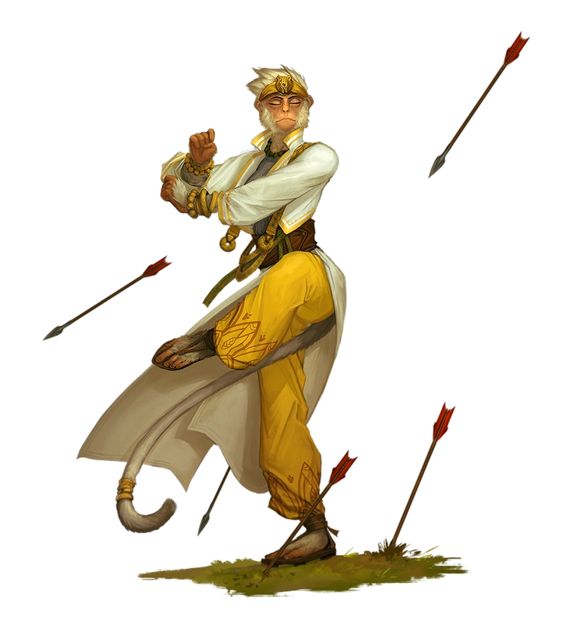A Dodge action 5e guide is something I keep bookmarked when I have a campaign going in which I’m a Rogue Class. While any class can use the Dodge action, the roleplay aspect makes me relate it to the Rogue.
When I make my character, I dive deep into creating them and building them into the world. So, I may overuse actions that aren’t a simple attack action – which in this case are actions like Disengage, Hide, and Dodge.
When I play video games, I spam Dodge like it’s going out of style. So naturally, whenever I play D&D, I like to Dodge whenever I don’t have anything else that I need to use my action on.
The Dodge Action Rundown
- Type – Action
- Use – Avoid Attacks
- Who Can Use – Anyone
- Duration – Until the end of your next turn
- Grants – Disadvantage on attack rolls directed towards you; advantage on Dexterity saving throws
- Ends abruptly – If you are incapacitated or your speed is 0
The Dodge action allows you to possibly avoid attacks. You usually have to put all of your efforts into dodging, hence it being an action, but there are ways to make it a bonus action.
When to Use the Dodge Action

Using Dodge isn’t always optimal, even if it does feel cool. Sometimes another option is better, whether it be to attack, Ready Action, or something else. If you want to try to avoid an attack, then the Dodge action is a good bet.
This works especially well whenever the opponent is preparing to cast a strong spell or something similar. It doesn’t mean it’s impossible to hit you, but it makes it much more difficult.
You can’t stop your opponent from rolling two 20s, and you can’t stop yourself from rolling two 1s. So luck is as important as ever, and Bardic Inspiration can still save your life in a pinch; ask for it ahead of time.
When Not to Use the Dodge Action
Dodge doesn’t always work. If you have something else that helps you evade attacks or if you have a better use for your action, then don’t use Dodge. Also, remember exactly what Dodge does.
Dodge only works if the attack targets you. It doesn’t work against abilities or Area of Effect attacks that would hurt you and others without targeting you – ex. Fireball. So if you are up against an elementalist, maybe Dodge isn’t a great idea.
Also, if your Dexterity is really bad (advantage may not even help) or really good, it may not be necessary. If your Dexterity is 20, then your saving throw may not need advantage – at least not if there is another action you have your eye on.
How to Get a “Free” Dodge in 5e

There are a few ways to get a free Dodge in D&D 5e. When I say “free,” I mean that you can get Dodge as a bonus action. Also, despite popular belief, the Rogue’s Cunning Action does not allow you to Dodge as a bonus action.
Uncanny Dodge
Uncanny Dodge isn’t the same as the Dodge action. Uncanny Dodge is a Rogue ability that allows the Rogue to use its reaction to half all damage an attack would do. Because it’s a reaction, there are a few rules.
It can only be used once per round, and you can’t use an opportunity attack the same round you use it. It’s still really powerful, and it doesn’t take the place of Dodge – you can use them both.
Be a Monk – Patient Defense
A Monk can use one ki point to Dodge as a bonus action on their turn. This is incredible, but it does consume a ki point, which is a valuable currency for the Monk. Without ki points, they become quite weak.
Still, it’s definitely worth it in most cases because you use Dodge as a bonus action and can still use your action on your attack. This can help your Monk make a risky move and still survive.
Evasion

It’s easy to confuse Evasion and Dodge. But Dodge is an action everyone can use, while Evasion is a Feat you must pick up, and you must have both high Dexterity and Perception proficiency.
When you choose it, you can “dodge” out of the way of AoEs. You can automatically make a Dexterity saving throw every time you are subjected to an AoE and no damage upon success instead of half damage. Then take half damage if you fail.
Cloak of Displacement
This rare cloak projects an illusion that makes it look like you are standing somewhere other than where you are standing. This doesn’t sound like Dodge, but the effect is nearly identical.
When you wear it, enemies have disadvantage on attack rolls made against you. If you do take damage, the cloak stops working until your next turn. It doesn’t work if you are Incapacitated or Restrained.
Blur

If you’re a Sorcerer, Wizard, or Artificer, then you can use Blur. Again, although it may not look the same, it operates the same as Dodge. You must use your voice to activate this spell.
When you do, creatures that attack you gain disadvantage on those attack rolls. If the attack doesn’t rely on sight, then Blur doesn’t work. It also doesn’t work if the attacker has truesight (or something similar).
Action Surge
There may be more options than this, but you catch my drift. The Fighter has Action Surge at 2nd level, which allows them to take an additional action. You can use this action to Dodge.
There are likely a lot of homebrews that grant Dodge for free or something like an Action Surge. So if your group allows homebrews, be on the lookout for ones based on extra actions or movements.
Use a Bonus Action as Your “Action”
This is a way that anyone can use Dodge and something else, but it favors specific classes more. Normally, there aren’t many options for bonus actions as they are all granted by feats and abilities.
However, most classes will have something you can use as a bonus action, whether it be a spell, a Hide, or an extra attack. So look through your list and then use Dodge as your action.
Dodging with a Mount

If you are lucky enough to have a mount, it’s good to know what your options are when you want to utilize your trusty steed. For a full guide on mounted combat, check out David Blanc’s Mounted Combat Guide.
You can do a few actions in combat with any mount – Dodge, Disengage, and Dash. If you choose to Dodge, the rules are the same as if you were dodging when not mounted, so fairly straightforward.
What to Use Instead of Dodge
If you don’t want to use Dodge but want something useful like it that isn’t an attack, there are plenty of options. However, these are the actions that I believe are the most closely related and obtainable.
Disengage
The Disengage action makes it where you don’t provoke opportunity attacks when you move around enemies. Normally, you do if you move away from enemies, which is why this is so useful.
Bonus Action: Both the Monk and the Rogue have ways to Disengage as a bonus action. The Rogue actually has more than one way to do this. For everyone else, you can pick up a homebrew feat/class or have Haste cast on them.
Dash

Dash doesn’t take Dodge’s place, but it does let you move double your movement speed. You can use Dash as a bonus action in certain cases. If you can’t, you can “engage” or get far away from an enemy.
Bonus Action: Same as the way to get Disengage as a bonus action. You can even – with the DM’s okay – use a Bonus Action Dash and an Action Dash to move four times your movement speed in one turn.
Ready Action
Readying your action is a good bet a lot of the time, but I see players neglect it time and time again. When you use Ready Action, you tell the DM circumstances that will allow you to use your action as a reaction before your next turn.
Tell them, “if X happens, then I Y.”
Bonus Action: There isn’t a straightforward way to get Ready Action as a bonus action, but you can be creative.
Improvise
Improvise isn’t a real ability, but if your DM is flexible, you can improvise with a variety of actions. So instead of Dodging, you can duck, slide, or sniff for no reason. This wouldn’t have the same effects, but you can find a happy medium that’s fair yet makes you feel super fly.
Bonus Action: An improvised ability won’t be a bonus action unless you’re spinning a bonus action you can already use.
Help
The Help action is something I use whenever I don’t know what to do. When you use it, you give another creature advantage on their next ability check on the task you are specifically helping them with. You can also use it to distract an enemy, which also gives the ally advantage on an attack roll.
Bonus Action: the Mastermind Rogue can use Help as a Bonus Action. There may be other ways, but they may grant an extra action or be a homebrew method.
Continue reading about the Help Action and how it works in 5e.
Aesthetics of a Dodge 5e

Aside from the actual operation of Dodge, not much is said about it. This is not so great for those who struggle with ideas but perfect for those who love to create their own cinematics in their mind.
What a Dodge Looks Like
I always imagine Dodge looking like a ninja roll or a backflip for the Rogue and Monk. Then for other classes – especially those in Heavy Armor – it looks like a simple side step with the player concentrating hard.
How Far a Dodge Goes
The Dodge doesn’t grant you any movement speed. It is likely more like a duck or a side step. If you want it to look cool like a backflip, then you will have to land in the same spot that you started in.
FAQs
Question: Can You Dodge Underwater in DnD?
Answer: Yes. Because the rules for underwater combat are quite minimal, you can use any of your actions the same as if you weren’t underwater. You can even cast Fireball normally. Movement is the only thing that is impaired.
Question: Is Dodge Always An Action?
Answer: Dodge isn’t always an action. If you are a Monk, you can Dodge as a bonus action – otherwise, it is always an action. You have to get creative if you want to avoid an attack.
Question: Can Dodge Be A Reaction?
Answer: Dodge can be a reaction only if you use Ready Action to prepare it. But then again, that would be a little pointless considering Dodge lasts the entire round, so using Dodge is readying an action anyway.
Question: Is Uncanny Dodge Like the Dodge Action?
Answer: It kind of is, as both of them can make you take reduced damage in certain situations, but Uncanny Dodge specifically makes you take half damage while Dodge makes it harder to hit you.
Question: What is Evasion in 5e?
Answer: Evasion is a simple feat that allows you to dodge out of AoE abilities. So it isn’t the same as Dodge, which doesn’t work against abilities/attacks that don’t target you, which is an advantage to using AoEs.
Dodge Action 5e Guide: Broken or Balanced?
Some say the Dodge action is broken, while others say that it is underpowered. I think it’s perfectly balanced because it almost always requires an action. If it were a bonus action, it would be overpowered.
But it’s not. So if you want to spend your entire battle possibly dodging the enemy’s attack while your party fights the enemy, then go for it. Work as a distraction the entire time.
The Dodge action is balanced and isn’t normally involved in any discrepancies. Anyone can do it, just like anyone can Dash. The problem arises when certain classes try to bend the rules, and the DM doesn’t notice.
- Augury 5e Guide – The Vaguest and Coolest Cleric Spell - September 5, 2022
- Roc 5e Guide – The Big, Dumb Bird You Don’t Want To See - September 5, 2022
- Best Drow Name Ideas – From Alvin to Sânziana - August 30, 2022

